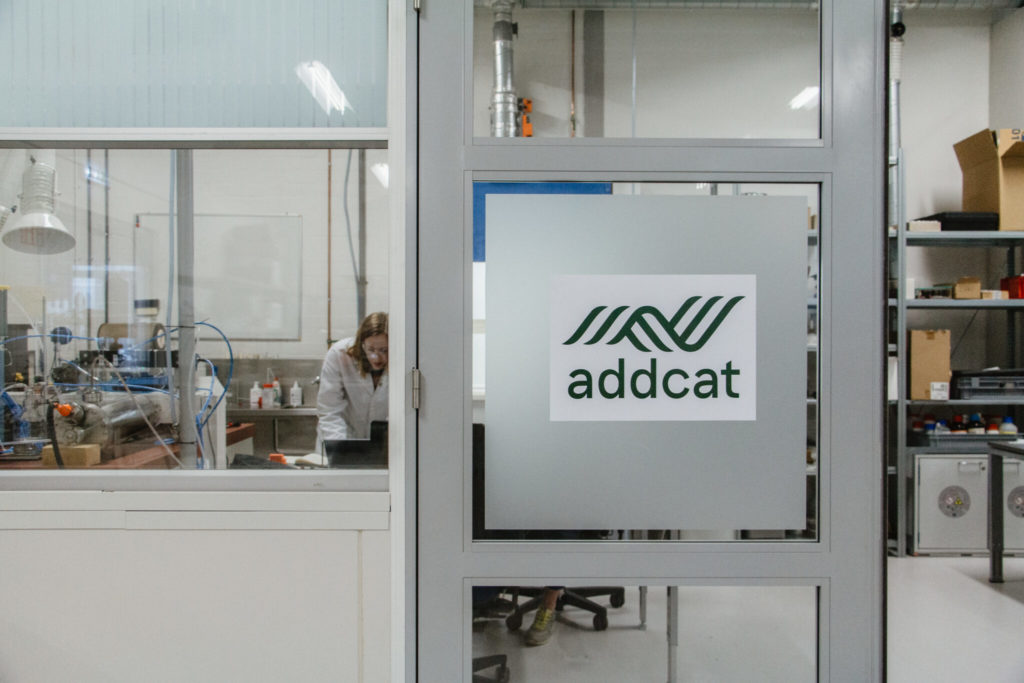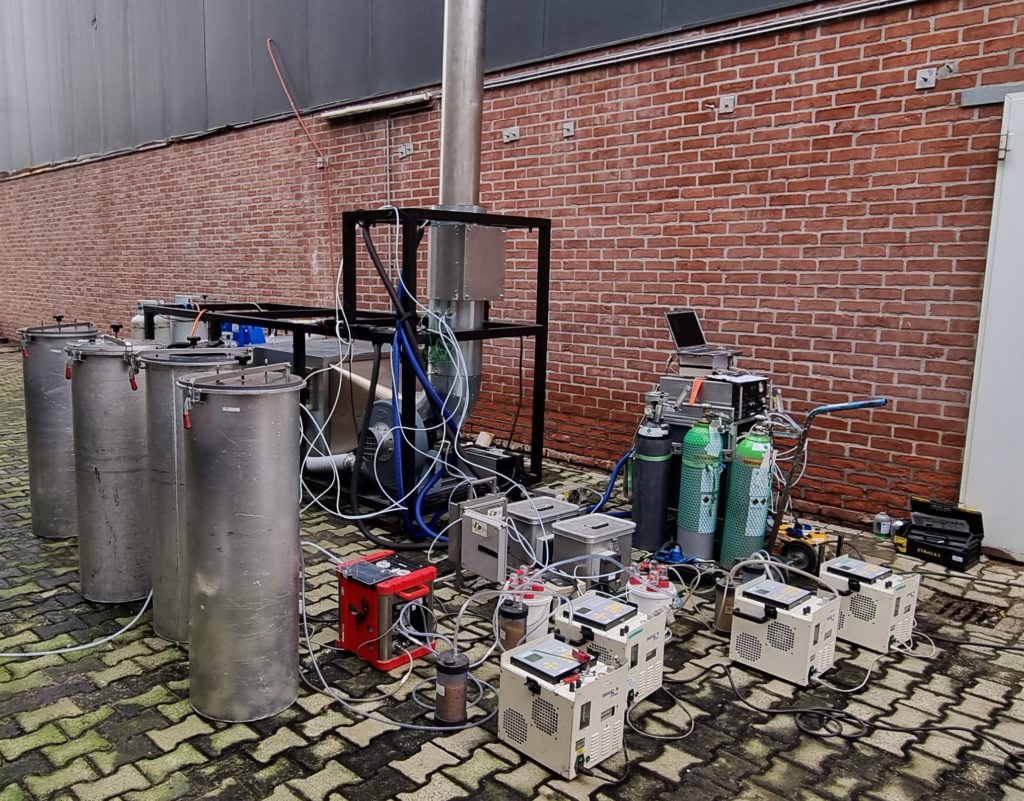Dutch company AddCat is on its way to commercializing a 3D printed metal catalytic . For the past year or so, I’ve been very bullish on being able to 3D print mass-customized meshes, screens and filters. By optimizing structures and flow, these kinds of filters could out perform conventional counterparts. And, if the performance is sufficient, then the higher costs usually associated with additive may melt away.
AddCat is combining 3D printing and the effects of catalytic oxidation to develop air purifying filters specifically those for volatile organic compounds (VOCs). VOCs are easily spread and concentrate indoors air, potentially resulting in long lasting and detrimental health effects. There has been some worry over the years that 3D printers can release too many VOCs. Although enough air circulation per hour may be sufficient to ensure occupant safety, its nice to see that now we can use 3D printers to clean the air as well.

AddCat´s technology works similarly to a car’s catalytic converter. However, crucially, the company notes:
“[B]ecause we 3D-print the structure of the catalyst, we can manufacture much more complex systems that air passes through. As a result, the polluted air takes a much longer path; we force harmful molecules to come into contact with the active catalyst material. This results in a better means of air purification. We are able to remove more than 95 percent of harmful contaminants from the air this way. Our system is also more energy-efficient. The metal structures ensure that there is a good level of thermal conduction and regulation of heat in the process.”
When we think of products with flow and how we can use flow to improve industrial components, we should realize that, for manifolds and sprockets, we usually want flow to be as efficient as possible. Sometimes, as in this case, the least efficient paths may give the best benefits. On top of this winding path, low pressure drop and the large internal volume of the part actually make it more efficient.
If AddCat is successful, then a lot of other catalytic processes could very well be improved with 3D printing. For now, the firm wants to focus on removing methane and ammonia related VOCs in industrial and agricultural markets, specifically applications like asphalt manufacturing. To develop its filters, the company worked with K3D, a service bureau in Eindhoven, as well as with 3D printing cabinet and filtration firm AMPC Solutions.
The current 3D printed AddCat filter can process one thousand cubic meters of air per hour. The company aims to go to fifty thousand cubic meters per hour. What’s more, the current system would “recover 95 percent of the heat that the system uses.” This additional energy recovery would make the system very efficient and play well into environmental initiatives.

The company hopes to outperform existing technologies with its current offering, aiming to release its first commercial product this year. I think that this is a very exciting solution area in which to deploy 3D printing. A lot of additive initiatives replace conventional components with more expensive printed counterparts. In this case, we can have a new part that outperforms existing systems. What’s more, this could lead to a completely new way of mitigating odors, VOCs, and other harmful contaminants.
Rather than chase the same few aerospace and automotive firms, many 3D printing businesses would do well to follow AddCat’s example and use 3D printing for new geometries that tackle new challenges. Here, 3D printing is used as a solution in which good geometry and better flow properties translate into a disruptive market entry. I believe that there are many areas where we could unlock the same potential left unexplored.
Subscribe to Our Email Newsletter
Stay up-to-date on all the latest news from the 3D printing industry and receive information and offers from third party vendors.
You May Also Like
3D Printing Unpeeled: New Arkema Material for HP, Saddle and Macro MEMS
A new Arkema material for MJF is said to reduce costs per part by up to 25% and have an 85% reusability ratio. HP 3D HR PA 12 S has been...
3D Printing News Briefs, January 20, 2024: FDM, LPBF, Underwater 3D Printer, Racing, & More
We’re starting off with a process certification in today’s 3D Printing News Briefs, and then moving on to research about solute trapping, laser powder bed fusion, and then moving on...
3D Printing Webinar and Event Roundup: December 3, 2023
We’ve got plenty of events and webinars coming up for you this week! Quickparts is having a Manufacturing Roadshow, America Makes is holding a Member Town Hall, Stratafest makes two...
Formnext 2023 Day Three: Slam Dunk
I’m high—high on trade show. I’ve met numerous new faces and reconnected with old friends, creating an absolutely wonderful atmosphere. The excitement is palpable over several emerging developments. The high...































